Kanonkop Kadette Cape Blend 2020
-
James
Suckling



Product Details
Your Rating
Somm Note
Winemaker Notes
Crimson red in color, with complimenting aromas of raspberries, dark cherries, black plums, cinnamon, and all spice. Supple, elegant tannins supported by fresh acidity which is balanced with an explosion of fruit on the palate. Juicy flavors of red and black fruits, and a hint of chocolate, all which lingers on the finish.
Blend: 43% Pinotage, 33% Merlot, 22% Cabernet Sauvignon, 2% Cabernet Franc
Professional Ratings
-
James Suckling
Nicely spicy on the nose, to complement the range of red and purple fruit. Mocha and dried herbs, too. Medium-bodied, juicy and tasty, with very approachable tannins and excellent freshness. Blend of pinotage, cabernet sauvignon, merlot and cabernet franc.
Other Vintages
2019-
James
Suckling
-
Wine
Spectator
-
Wine
Spectator
-
Wine
Spectator
-
Wine
Enthusiast
-
Wine
Enthusiast
-
Wine
Enthusiast
-
Wine
Enthusiast
-
Wine
Spectator

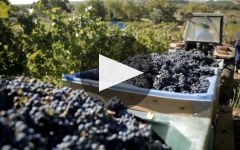
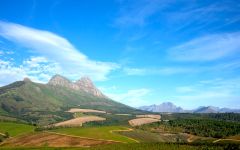
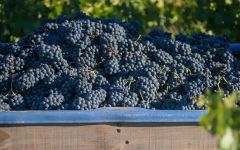
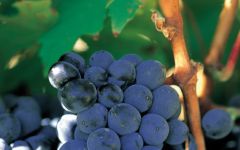
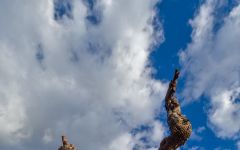
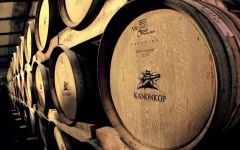
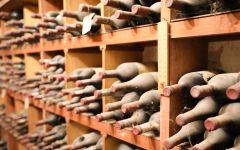
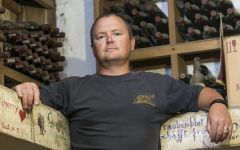
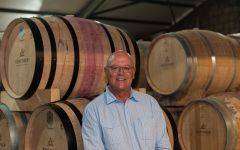
With a reputation for producing some of the Cape’s finest red wines, the heralded Kanonkop Estate is often referred to as a South African "First Growth." The fourth generation family farm, presently run by brothers Johann and Paul Krige, has been owned and operated by the Sauer-Krige family since the early 1930s. The name Kanonkop is derived from a "kopje" (small hill) on the property, from which a cannon was fired in the 17th century to announce the arrival of the Dutch East India Company’s trading ships at Table Bay.
Kanonkop boasts some of the Cape’s first commercially planted Pinotage vines, with an average age of over 50 years. Respecting tradition while embracing the future, Kanonkop fuses age-old wine-making techniques with state-of-the art technology. All of the estate’s grapes are handpicked and sorted. The wines are vinified in open concrete fermenters, using manual punchdowns, and are subsequently aged in French Nevers oak barrels.
Kanonkop continues its long history of excellence under Abrie Beeslaar, winemaker at the estate since 2002. In addition to garnering regular 90+ ratings for his bottlings in such publications as Wine Spectator and Wine Enthusiast, Beeslaar was crowned the 2008 International Winemaker of the Year at the International Wine and Spirits Competition in London, where Kanonkop also received the Chateau Pichon Longueville Comtesse de Lalande trophy for the best blended red wine with its Paul Sauer 2003 and the Dave Hughes Trophy for Best South African Producer. In addition, Kanonkop was named "Winery of the Year" and its Cabernet Sauvignon 2004 earned "Wine of the Year" in the 2009 edition of John Platter’s South African Wine Guide – widely recognized as the most authoritative and comprehensive guide on the world of South African wine. Kanonkop Wine Estate was also named the "Most Admired Wine Brand in South Africa" and listed at #32 on the “Most Admired Wine Brands in the World" by #DrinksInternational in 2020.
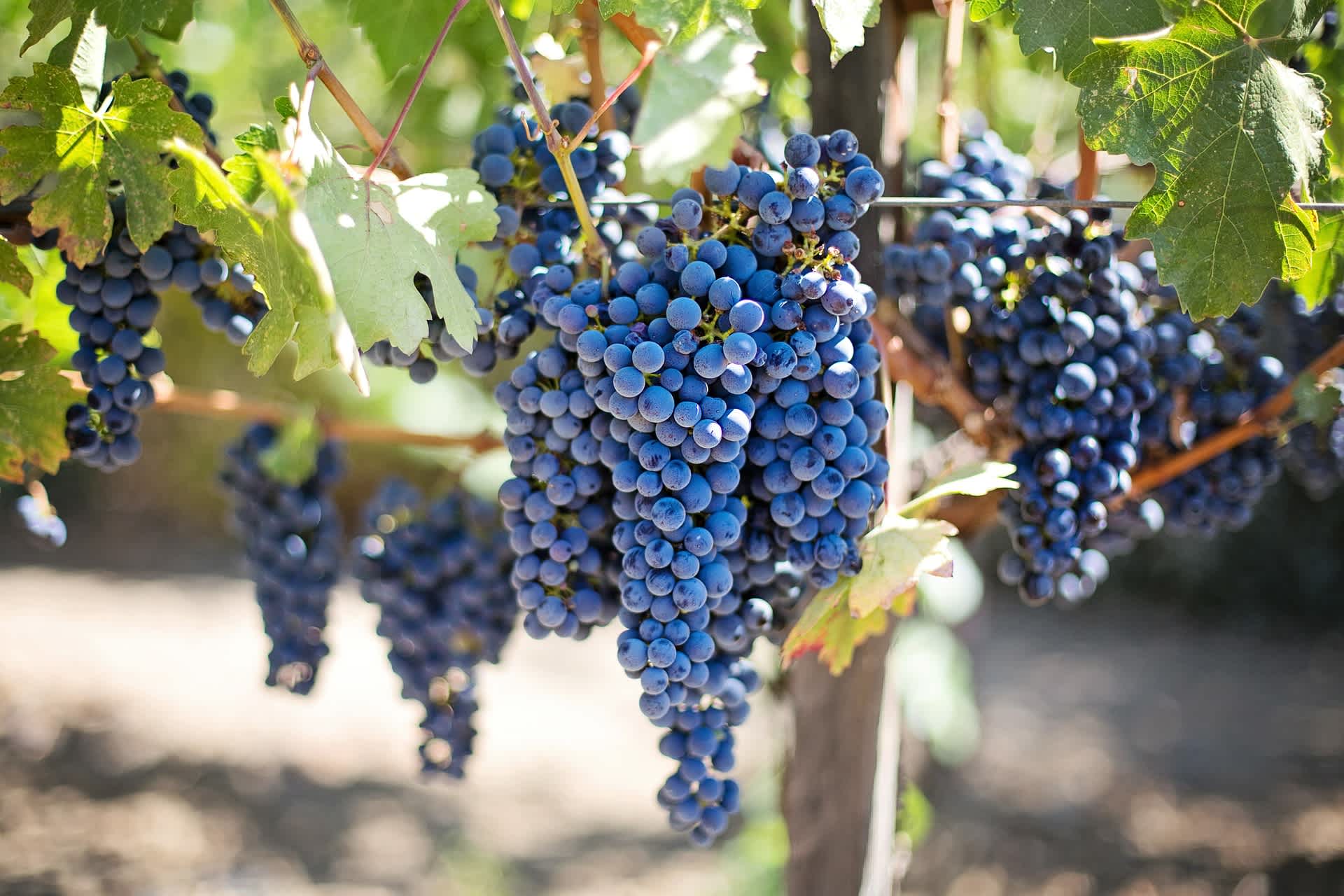
With hundreds of red grape varieties to choose from, winemakers have the freedom to create a virtually endless assortment of blended red wines. In many European regions, strict laws are in place determining the set of varieties that may be used, but in the New World, experimentation is permitted and encouraged resulting in a wide variety of red wine styles. Blending can be utilized to enhance balance or create complexity, lending different layers of flavors and aromas. For example, a red wine blend variety that creates a fruity and full-bodied wine would do well combined with one that is naturally high in acidity and tannins. Sometimes small amounts of a particular variety are added to boost color or aromatics. Blending can take place before or after fermentation, with the latter, more popular option giving more control to the winemaker over the final qualities of the wine.
How to Serve Red Wine
A common piece of advice is to serve red wine at “room temperature,” but this suggestion is imprecise. After all, room temperature in January is likely to be quite different than in August, even considering the possible effect of central heating and air conditioning systems. The proper temperature to aim for is 55° F to 60° F for lighter-bodied reds and 60° F to 65° F for fuller-bodied wines.
How Long Does Red Wine Last?
Once opened and re-corked, a bottle stored in a cool, dark environment (like your fridge) will stay fresh and nicely drinkable for a day or two. There are products available that can extend that period by a couple of days. As for unopened bottles, optimal storage means keeping them on their sides in a moderately humid environment at about 57° F. Red wines stored in this manner will stay good – and possibly improve – for anywhere from one year to multiple decades. Assessing how long to hold on to a bottle is a complicated science. If you are planning long-term storage of your reds, seek the advice of a wine professional.
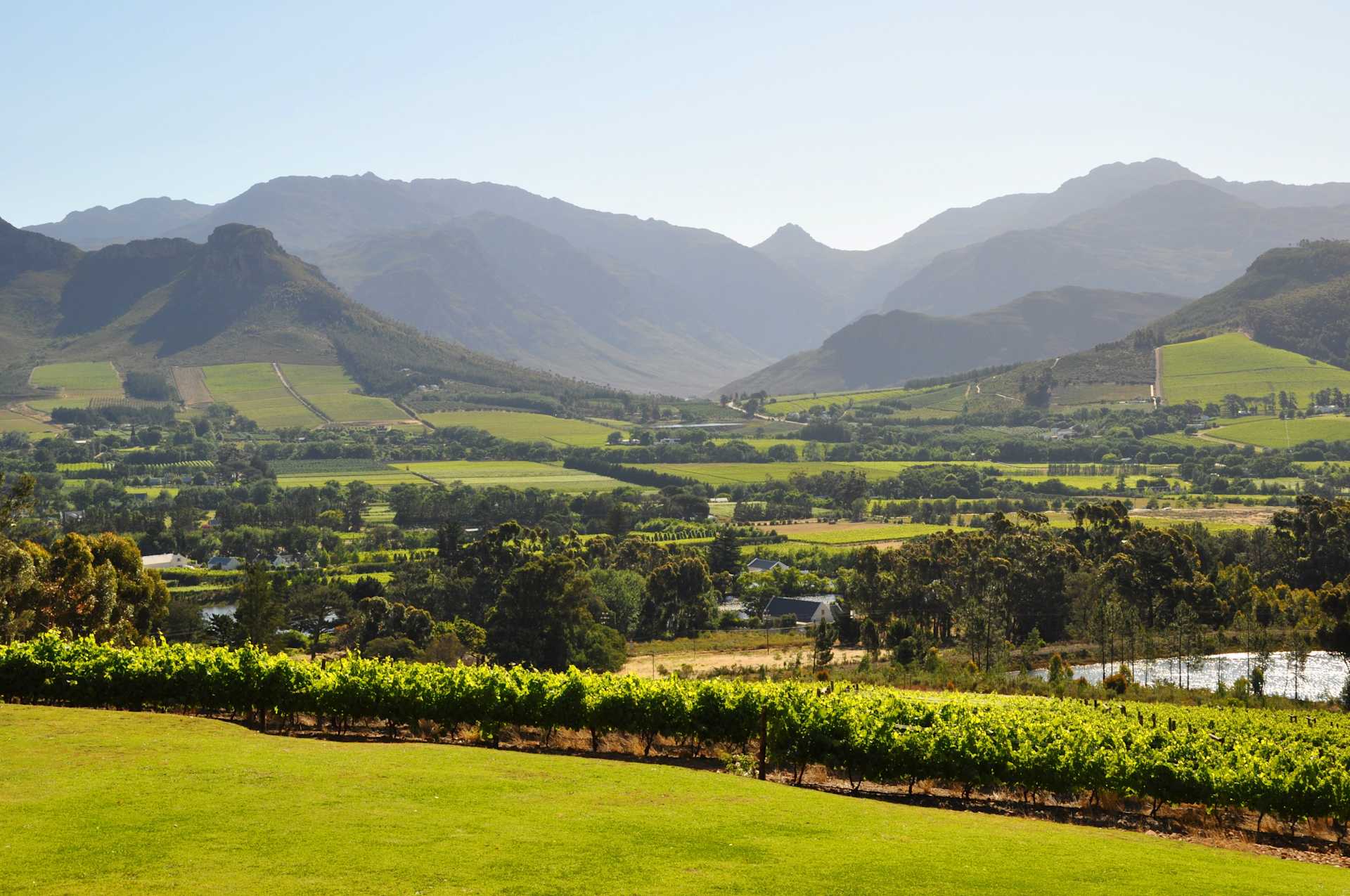
South Africa’s most famous wine-producing district, Stellenbosch, surrounds the historic town with the same name; fine winemaking here dates back to the late 1600s. Its valleys of granite, sandstone and alluvial loam soils between the towering blue-grey mountains of Stellenbosch, Simonsberg and Helderberg have the capacity to produce beautiful wines from many varieties. The climate is warm Mediterranean, tempered by the cool Atlantic air of nearby False Bay.
Perhaps most well-known for its Pinotage and Bordeaux blends, Stellenbosch also produces noteworthy wines from Syrah, Chenin blanc, Chardonnay and Sauvignon blanc. The district’s wards—Banghoek, Bottelary, Devon Valley, Jonkershoek Valley, Papegaaiberg, Polkadraai Hills and Simonsberg-Stellenbosch—all produce distinctive wines from vines with relatively low yields.
